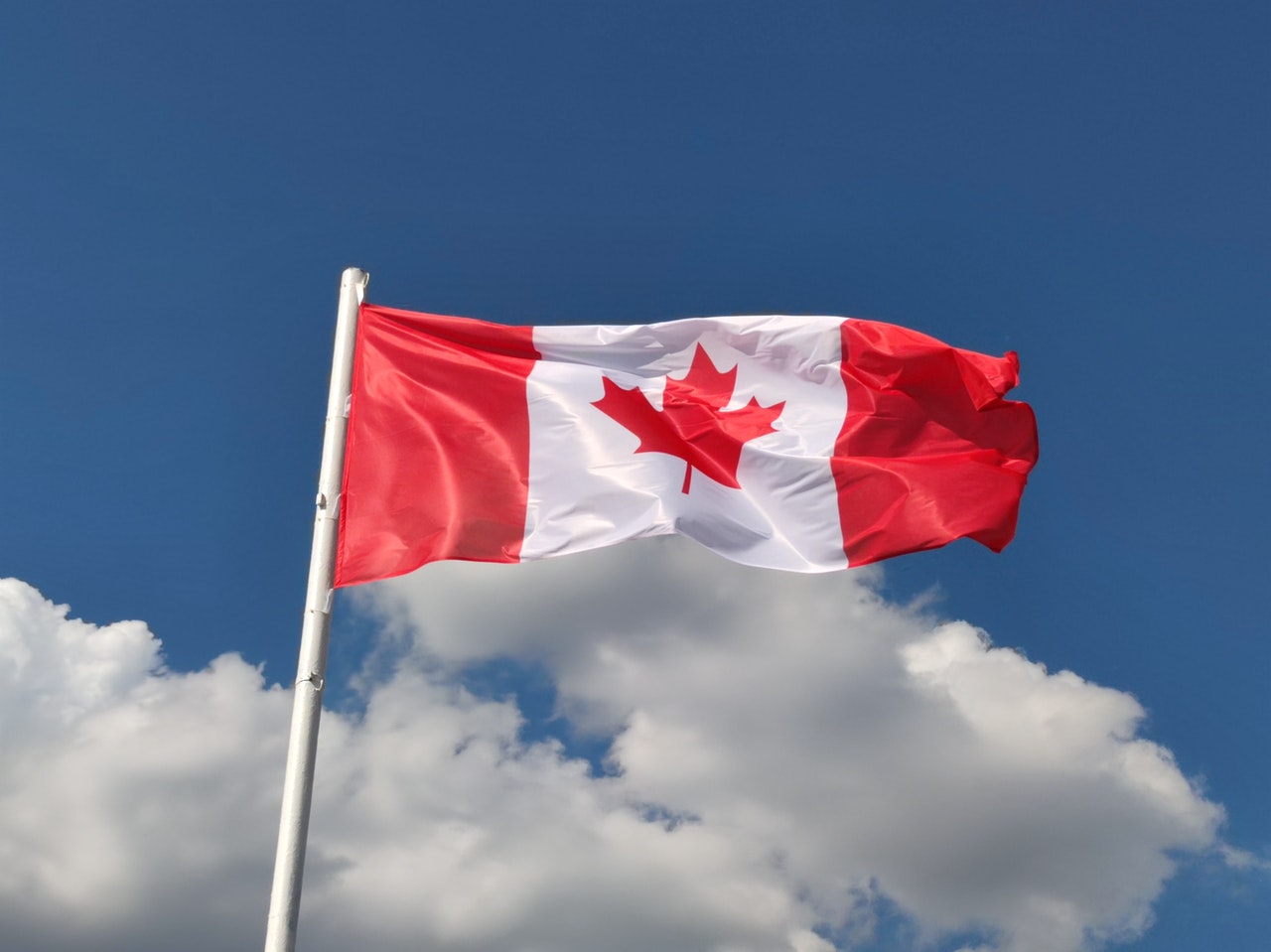Immigration
Why October is set to be a major month for Canadian immigration

The next month will hold announcements for the Parents and Grandparents Program, Immigration Levels Plan 2023-2025, Statistics Canada census data and more. (Pexels photo)
The coming month is likely to be a busy one for Canada’s immigration sector. There are several end-of-year developments expected in the coming weeks that will lay a foundation for immigration targets and trends for the next year and beyond.
Immigration, Refugees and Citizenship Canada (IRCC) will announce the process for the PGP 2022 in late October and the Immigration Levels Plan 2023-2025 will be announced by November 1. Additionally, Statistics Canada will publish census data on immigration from 2021, the first time in five years.
It is also likely that the minimum Comprehensive Ranking System (CRS) score for the newly resumed all-program Express Entry draws will continue to decrease until it is below 500, as was the norm before the COVID-19 pandemic.
Discover if You Are Eligible for Canadian Immigration
Parents and Grandparents Program 2022
On September 6, IRCC told CIC News in an email that the application intake will be available in the coming weeks for the Parents and Grandparents Program (PGP).
Under this program, applicants can sponsor their parents or grandparents for immigration to Canada. In past years, IRCC has decided which parents and grandparents will be eligible for a visa by lottery. However, it remains unconfirmed whether this will also be the case this year and IRCC will unveil the process as part of the announcement.
Sponsors must be a Canadian citizen or permanent resident who is over 18 years old and able to demonstrate that they exceed the minimum necessary income for sponsorship. They also need to sign an undertaking, a document that states they are willing to support their parents or grandparents for 20 years (or 10 years if sponsors live in Quebec).
In 2021, IRCC held a lottery for the PGP that invited 30,000 Canadians to submit their applications to sponsor. Last year’s figure was higher to compensate for the lower figure in 2020. Due to the onset of the pandemic, IRCC only allowed 10,000 sponsors to apply for the PGP in 2020.
2021 Census Report
Every five years Statistics Canada releases detailed data on immigration. The last time census data on immigration was released was in October 2017.
Statistics Canada collects data from all Canadians every year to better understand how Canadians live. For example, their income brackets, how many people they live with, and languages spoken, among other factors. This data is used by the government to better assess the real living conditions of Canadians to better anticipate their needs.
The new census data will show the number of immigrants that live in Canada, where they have chosen to settle, what languages they speak at home and how many people they live with. This will help shape the outlook for immigration initiatives, such as the immigration levels plan, in the future.
The data will be made public in the last week of October.
Express Entry CRS score may drop below 500
IRCC resumed all-program Express Entry draws last July after a hiatus of over 18 months. The initial draw on July 6 invited 1,500 candidates to apply for permanent residence, with a minimum Comprehensive Ranking System score of 557.
Since July 6, the minimum CRS has been steadily decreasing with each draw. The first five draws had declines of 8 or 9 points and the two most recent draws on September 14 and 28 had decreased of only 6 points in each draw. The most recent score on September 28 was 504. If this trend continues, the score could soon dip below 500 for an all-program draw for the first time since the draw on December 23, 2020 when the CRS score was 468.
While the score is slowly decreasing, compared to draws before the pandemic, 504 is still a remarkably high. A typical draw before the pandemic would have a CRS score between 450 and 500 points.
As the CRS score continues to lower, the number of ITAs has also been increasing with each draw. Again, the first several draws saw an increase of 250 candidates with each draw until the most recent three draws in which the number of ITA’s has jumped by 500 each draw. All-program draws in 2020 before the pandemic invited between 3,400- 4,500 candidates each time.
Immigration Levels Plan 2023-2025
Each year IRCC issues an Immigration Levels Plan to act as the guideline for the number of immigrants that will be allowed to come to Canada each year. It includes the breakdown of immigrants from economic class, family class and humanitarian class programs over the next three years.
This year it looks like IRCC is poised to set more record-breaking targets. The target for 2022 is nearly 432,000 new permanent residents and over 451,000 by 2024. Immigration Minister Sean Fraser told CIC News in June that he can foresee higher targets in the coming years, up to 500,000 new permanent residents, but he did not specify when that would happen. It is unlikely the target will decrease given Canada’s current labour shortage and high number of job vacancies.
According to the Immigration Refugees Protection Act (IRPA), IRCC has a deadline of November 1 to release the new plan but as Parliament is sitting for four consecutive weeks after Canadian Thanksgiving, it is possible that the plan may come a few days sooner. IRPA is the main piece of legislation that regulates Canadian immigration.
IRCC works with other governmental departments and stakeholders to create an Immigration Levels Plan that is balanced in how permanent resident’ spots are distributed among each immigration class, and from there further organized into how many spots per program.
Discover if You Are Eligible for Canadian Immigration
© CIC News All Rights Reserved. Visit CanadaVisa.com to discover your Canadian immigration options.





















